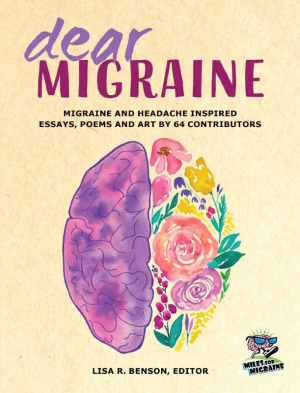Red Wine Headaches Explained?
Have we finally explained the “red wine headache”? Well, not exactly. However, a new study has been making the news rounds that introduces a new piece to the puzzle.

The study, published in Scientific Reports, sought to estimate the effect of quercetin glucuronide in red wine on the body, compared to the effects of quercetin glucuronide in other foods. However, the effects were lab-tested and not tested on humans.
Quercetin comes from many foods and drinks, and is popular in supplement form as an anti-inflammatory, helpful for heart health and even a cancer-fighter (read more here). But this study does not suggest that taking a quercetin supplement or even getting quercetin in foods and drinks will trigger a headache. They’re only saying this:
Thus, we propose that quercetin-3-glucoronide, derived from the various forms of quercetin in red wines inhibits ALDH2, resulting in elevated acetaldehyde levels, and the subsequent appearance of headaches in susceptible subjects. Human-subject testing is needed to test this hypothesis.
Inhibition of ALDH2 by quercetin glucuronide suggests a new hypothesis to explain red wine headaches
So this is a possible mechanism that contributes to “red wine headache” in some people. But it’s only the quercetin+alcohol – not quercetin in other forms.
Remember, we’re not talking about a hangover here. We’re talking about headaches triggered after drinking a glass or two of red wine, not what may come the next day.
We’ve discussed red wine headache a lot, and it seems that it may not deserve the notoriety that it has. That’s not to say it’s not a problem for some people – as the researchers in this study say, it clearly is. But It seems to be much more rare that red wine alone, as opposed to other alcoholic beverages, consistently triggers migraine (see Red Wine a Possible Trigger? Yes, but…). Let’s put it this way, most often:
- It’s red wine + other factors that trigger the headache
- It’s red wine or other alcoholic beverages that trigger headache
- It’s sometimes red wine that triggers headache in some people
To make it even more complicated, the researchers noted that not all red wines are alike, even when it comes to quercetin. So now we also have:
- Some red wines may trigger headache in some people sometimes
So although this is an interesting step toward further understanding how some red wines affect the body, it doesn’t give you personally much more information about whether or not you should reach for that glass of red wine (or which wine). Your own experience is a much more accurate measure. (See also Wine & Headaches: Why We’re Still Confused.)
If there’s anything practical that comes from this study, it’s this – don’t worry about quercetin (unless it’s mixed with alcohol).
The best advice remains the same as before – be cautious of alcohol in general. Listen to your body, and try drinking less, or none, and see how your body responds.


